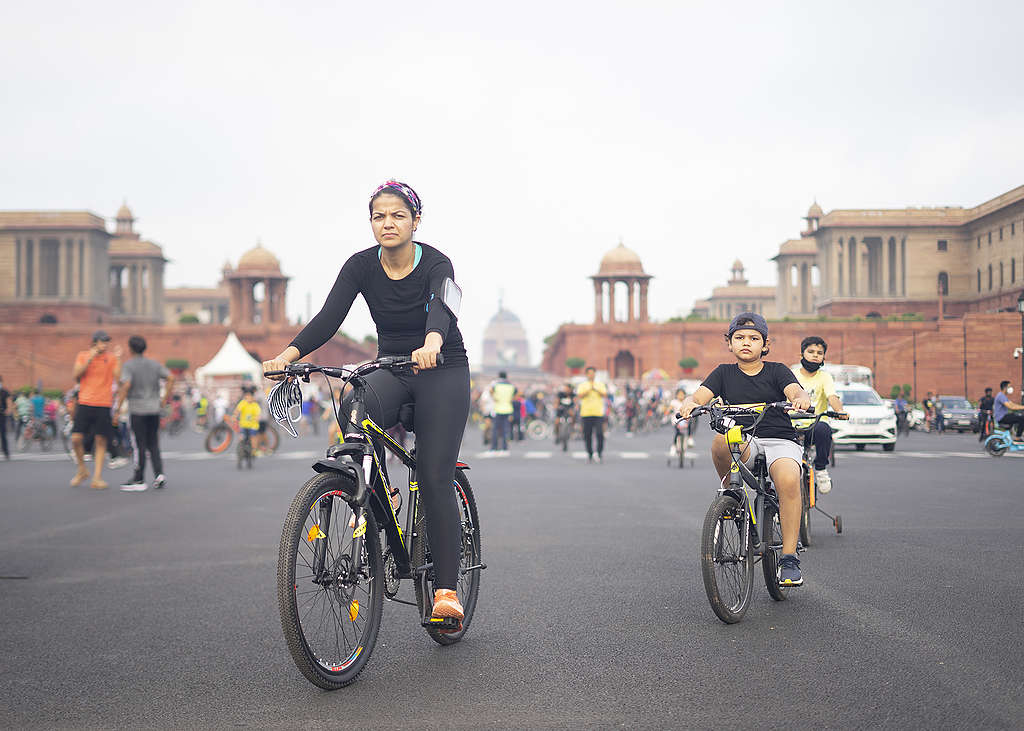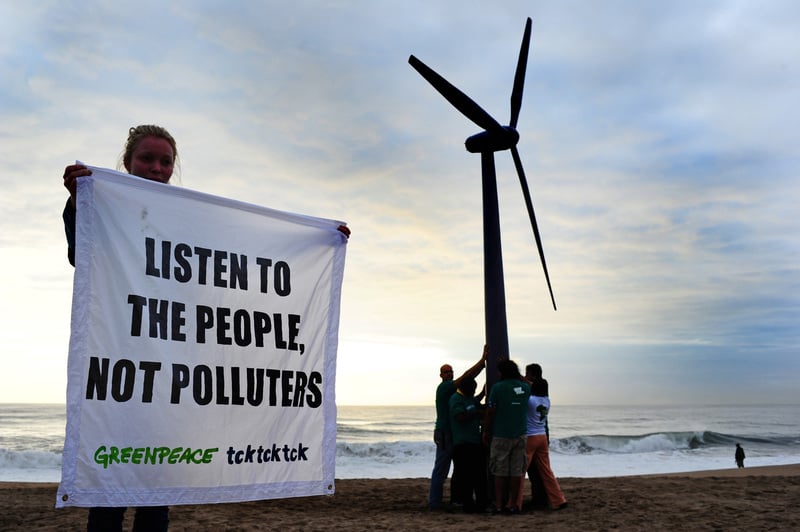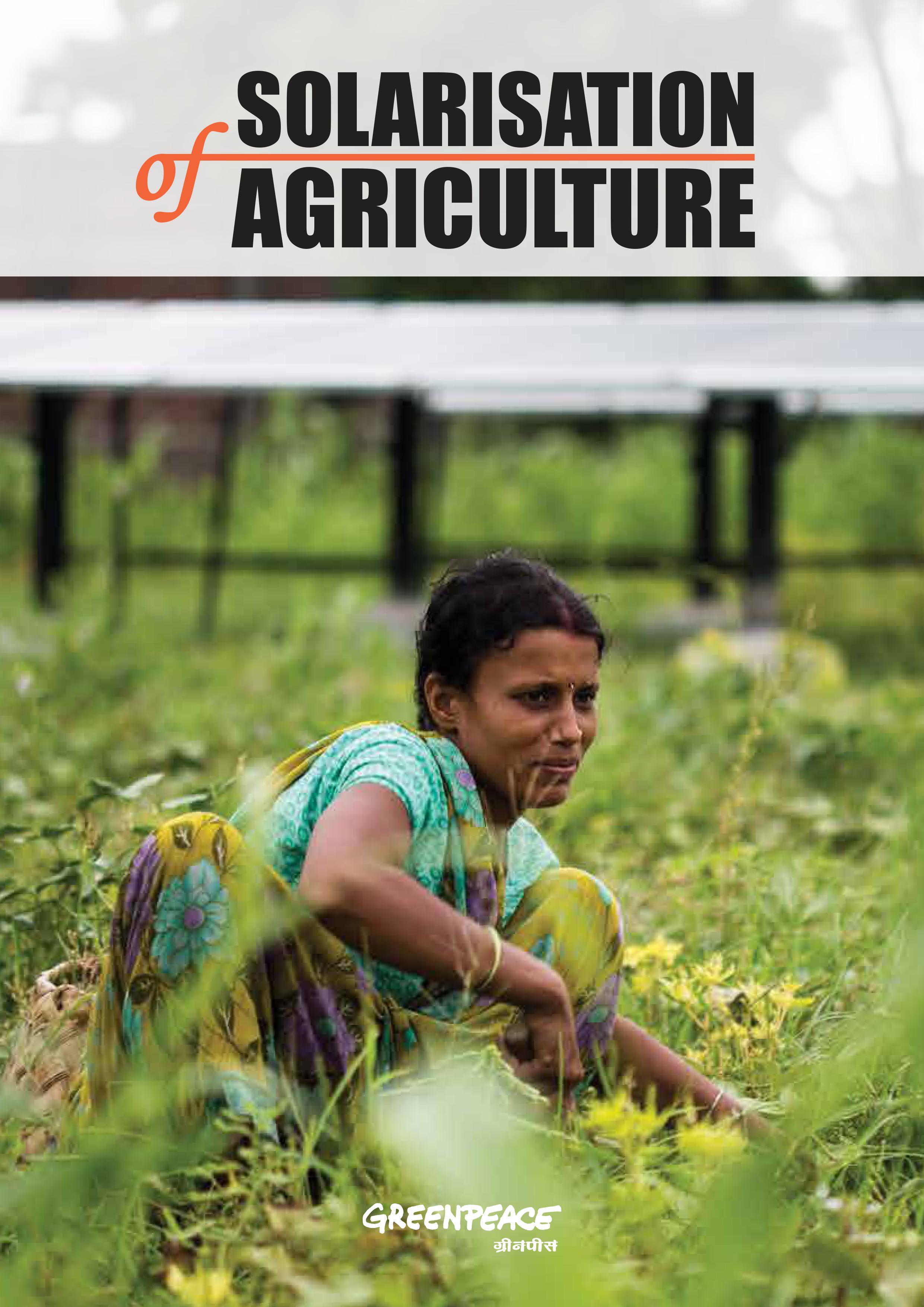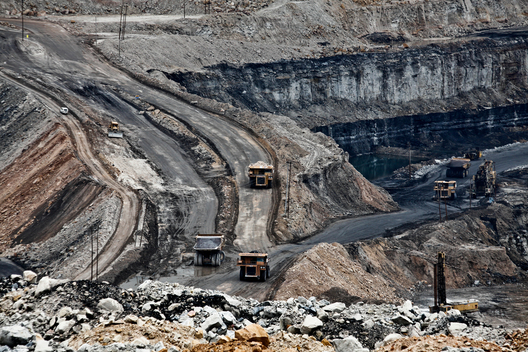Activism has long been a beloved muse of art; Art, an activist’s historical means to express their fears of a dystopia or their vision of the dream. Artist-activists (Artivists) have captured the imagination of masses and played an irreplaceable role in taking any and every movement forward. What do you do, when you grow up walking past walls filled with political street art while going to school. It inspires, it plants a seed. It does exactly what it was meant to do. It makes you think, rethink perhaps, your perception of your immediate reality. It makes you see the exact same dream that the artist activist painstakingly etched on the walls. I felt the same. The calls for a free and liberated people, painted in white over the brick red walls, led me to develop a political and social understanding for myself that I, to this date abide by.
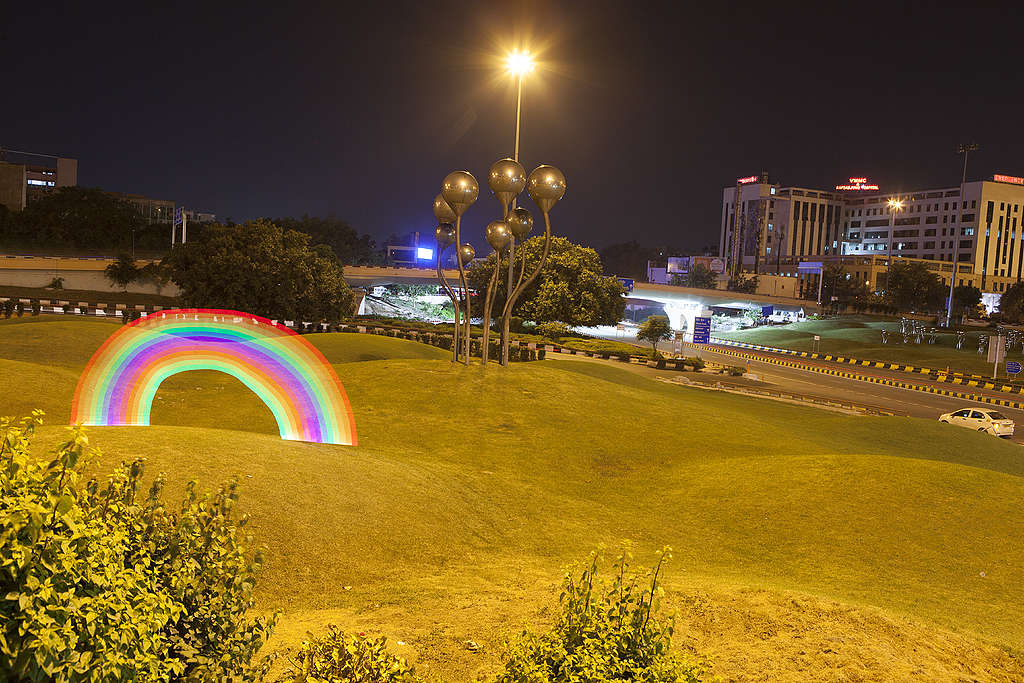
Glimpse of what the pixel stick enables.
In the current day and age, as technology seeps deeper and empowers people, where does the relationship between art and activism go? It’s been a while since activism took the digital route. The muse went on a newer path. And so, the art followed. This was the contention which had us experiment with a new technology. A means to not only communicate but also strengthen people power in our campaigns. This particular experiment was towards providing people with a virtual reality platform for imagining Decentralised Renewable Energy. One which is clean, green and is owned and shared by the people and for the people.
Say hello to the pixelstick. Now that was a pretty poetic introduction to basically a metal rod fitted with 200 LEDs and 8 AA sized batteries. But the beauty of it is revealed when a digital-artist-activist takes that stick in their hands. The humble rod becomes a painting brush with over 16 million colors, and the thin air becomes the canvas. That is basically all we did for 7 nights. Travelling around the streets of Delhi after almost everyone went to sleep, with only the street dogs and the occasional police patrols to give us company, I saw Delhi in a completely new light; rather in the absence of it, and painted all over it with guess what, light. I knew the story that I had to tell but I never knew that the same story could be said in such a completely new light.
It was a challenge in the beginning. For a 1 second clip we spent over 3 hours with around 80 runs holding the pixelstick. We took 80 shots with every shot being different, and with the camera in a slightly different location each time. In the mornings, we would attend meetings with our eyes taking turns in staying open and yet at night, we would be all refreshed and ready to find the next location to paint. We would eventually go about taking 2000 shots in different parts of Delhi over the next 6 days. The result was worth it. Well, you would be a better judge of that.
On one of the days, sometime later in the night, I remembered that wall that I always walked by as a child. The entire city was now my wall.
Saagnik Paul is a Senior Communications Campaigner at Greenpeace India.
To join the campaign, visit Empower Our Farmers ACT page.
